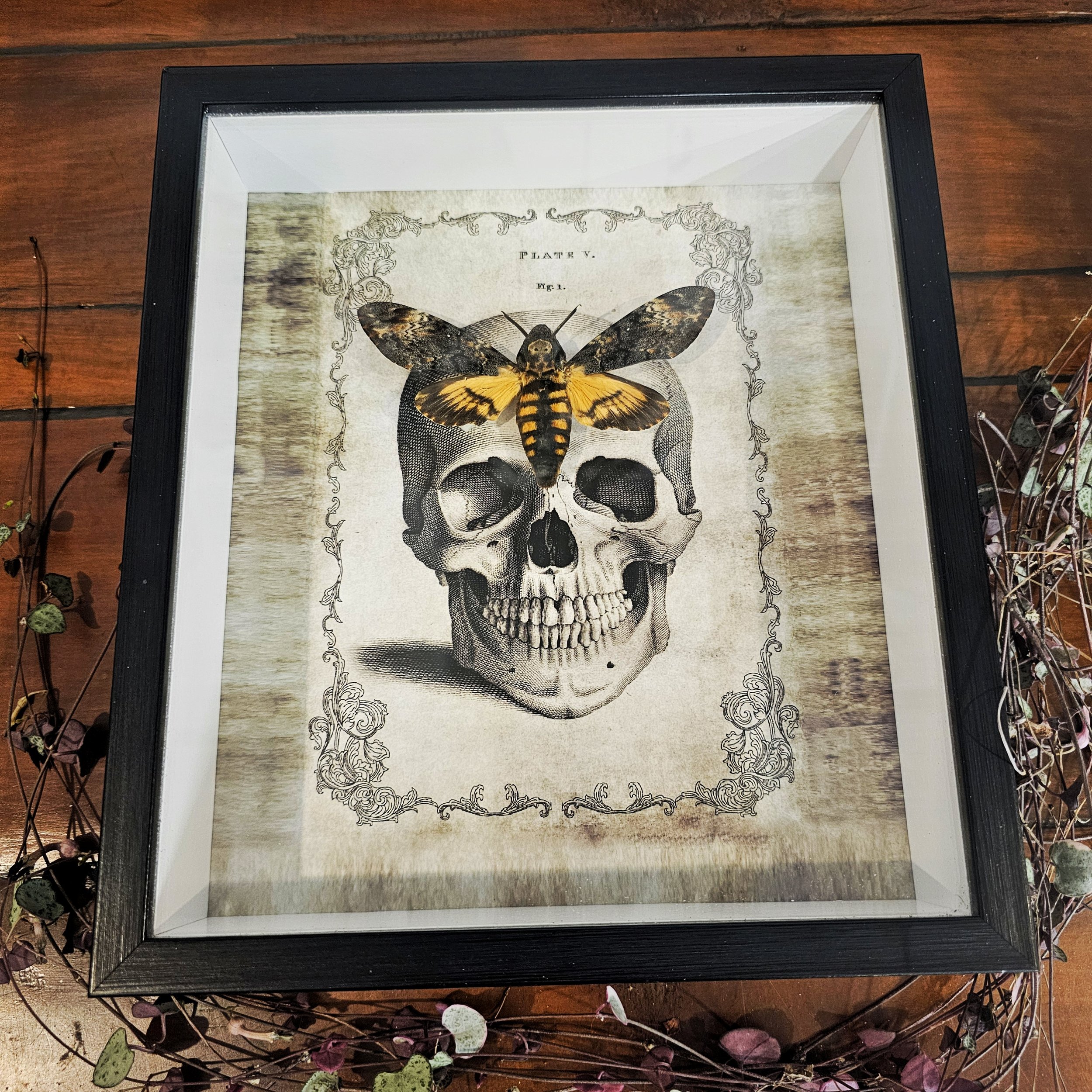 Image 1 of
Image 1 of


Dunk Island Butterfly
SPECIES Papilio ulysses
ORIGIN Australasia
The Australian framed butterfly Papilio ulysses is commonly known as the Dunk Island butterfly from Queensland (Australia). Various races of the species are found in Indonesia, Papua New Guinea, the Solomons, as well as the subspecies joesa in northern Queensland Australia. When perched, the iridescent blue is hidden by the still attractive but darker underwings. They often fly above or on the edge of the canopy, frequently along rivers and the side of the road, and are commonly attracted to gardens. As it opens and shuts its wings in flight, the flashing of it's bright blue can be seen from several hundred metres away. Its caterpillar feeds on the pretty 'Pink Evodia' tree that can be found along the road sides.
FRAME 16.5x16.5xD5cm Made from recycled products.
SPECIES Papilio ulysses
ORIGIN Australasia
The Australian framed butterfly Papilio ulysses is commonly known as the Dunk Island butterfly from Queensland (Australia). Various races of the species are found in Indonesia, Papua New Guinea, the Solomons, as well as the subspecies joesa in northern Queensland Australia. When perched, the iridescent blue is hidden by the still attractive but darker underwings. They often fly above or on the edge of the canopy, frequently along rivers and the side of the road, and are commonly attracted to gardens. As it opens and shuts its wings in flight, the flashing of it's bright blue can be seen from several hundred metres away. Its caterpillar feeds on the pretty 'Pink Evodia' tree that can be found along the road sides.
FRAME 16.5x16.5xD5cm Made from recycled products.
SPECIES Papilio ulysses
ORIGIN Australasia
The Australian framed butterfly Papilio ulysses is commonly known as the Dunk Island butterfly from Queensland (Australia). Various races of the species are found in Indonesia, Papua New Guinea, the Solomons, as well as the subspecies joesa in northern Queensland Australia. When perched, the iridescent blue is hidden by the still attractive but darker underwings. They often fly above or on the edge of the canopy, frequently along rivers and the side of the road, and are commonly attracted to gardens. As it opens and shuts its wings in flight, the flashing of it's bright blue can be seen from several hundred metres away. Its caterpillar feeds on the pretty 'Pink Evodia' tree that can be found along the road sides.
FRAME 16.5x16.5xD5cm Made from recycled products.



